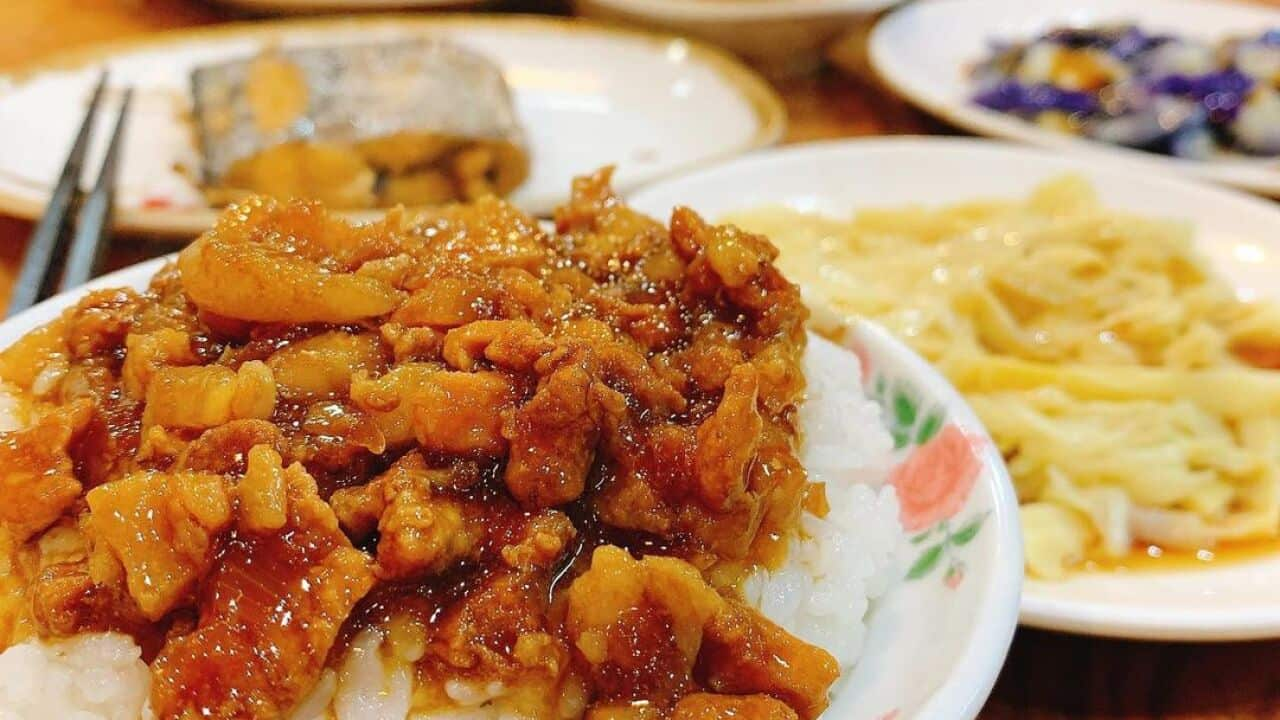A few years ago, when I lived in New York City, I trekked all the way from my apartment on the Upper Eastside to the bowels of Chinatown in Lower Manhattan in search of zongzi, a dumpling eaten during the Dragon Boat Festival.
On the narrow streets of Canal and Mott, I stopped for Cantonese dim sum, Taiwanese bubble tea and some Japanese pastries. Then, I found a Malaysian woman selling zongzi on the side of the street with bamboo-wrapped rice parcels sprawled out on a DIY table, which surely did not meet NYC's tough health standards. Being young and fearless, I asked her how much and walked away with a $3.5 zongzi which I saved for a midnight snack.
From China to Southeast Asia, festivals feature food. We eat food that's supposed to bring good luck during Chinese New Year and zongzi during the annual Dragon Boat Festival, known as Duan Wu Jie, which falls on Monday 14 June this year.
The NYC-Chinatown zongzi was full of mung beans and the shape was oblong, but suffice to say it was a good cure to quash my longing for some sense of 'home' while living away from my family as a wannabe nomad.
The Dragon Boat Festival commemorates a patriotic poet named Qu Yuan. The legend goes that Yuan felt his work had disappointed the emperor so he took his own life by jumping in a river. Locals then created zongzi and threw them into the river to distract the fish from feeding on him.
It's a sad but memorable tale in Chinese history. However, for home cooks, the Dragon Boat Festival is all about making zongzi. My Taiwanese-Australian mum tells me there are many varieties of zongzi, but the ones we eat at home are Taiwanese. The flavours are intensely satisfying and the aroma is out of this world. This zongzi contain five-spice, soy sauce, shiitake mushrooms and glutinous rice mixed together with fatty pork.
What I love most about zongzi is that it's a recipe that keeps on giving. In the lead up to the Dragon Boat Festival, you'll have friends and family gifting batches of zongzi to one another in celebration of the season. The beauty of it is every household has its own version.
Some of our family friends are from the north of Taiwan and their zongzi is an oiler and contains more soy sauce. Our friends from the south have lighter versions. Meanwhile, Hong Kong ones include dried scallops and my aunty's recipe involves salty egg yolks for a touch of luxury. There are even sweet zongzi with red bean paste, which is my mum's signature and something I do not share.
My excuse for my gluttonous glutinous actions is that zongzi are really not easy things to make and when they're in reach, it really is happiness. The cooking process involves soaking and washing bamboo leaves, soaking the glutinous rice for 24 hours, preparing the filling of pork, mushrooms and Taiwanese spices and magically wrapping them with bamboo leaf in an almost origami fashion. The filling must be fastened securely, but not so tight that the filling explodes when cooked.
I say 'magically wrapping' because no matter how many times I watch my mum do this, I have not yet mastered this art. My hands just do not twist the bamboo leaf securely into a presentable shape.
ANOTHER TCHEA FAMILY DISH

Why my mum's Taiwanese pork stew tastes better the next day
Since I'm away from home this year, I'm going to miss eating my mum and aunt's zongzi during 'zongzi season', which unofficially kicks off in May when we all start talking about how much preparation it requires.
I will secretly miss judging zongzi with my mum for our 'Best of 2021' list before we unsurprisingly deduce that my mum's are in fact the best. I will definitely miss eating them for breakfast, lunch and dinner, fresh out of the pot after a 4-hour cooking session and eating them on the go as if I were at the footy eating a hand-held pie.
Happy Dragon Boat Festival. Have a zongzi for me!
FOOD FROM TAIWAN

23 spices, 3 generations: The power behind Taiwan’s noodle soup






